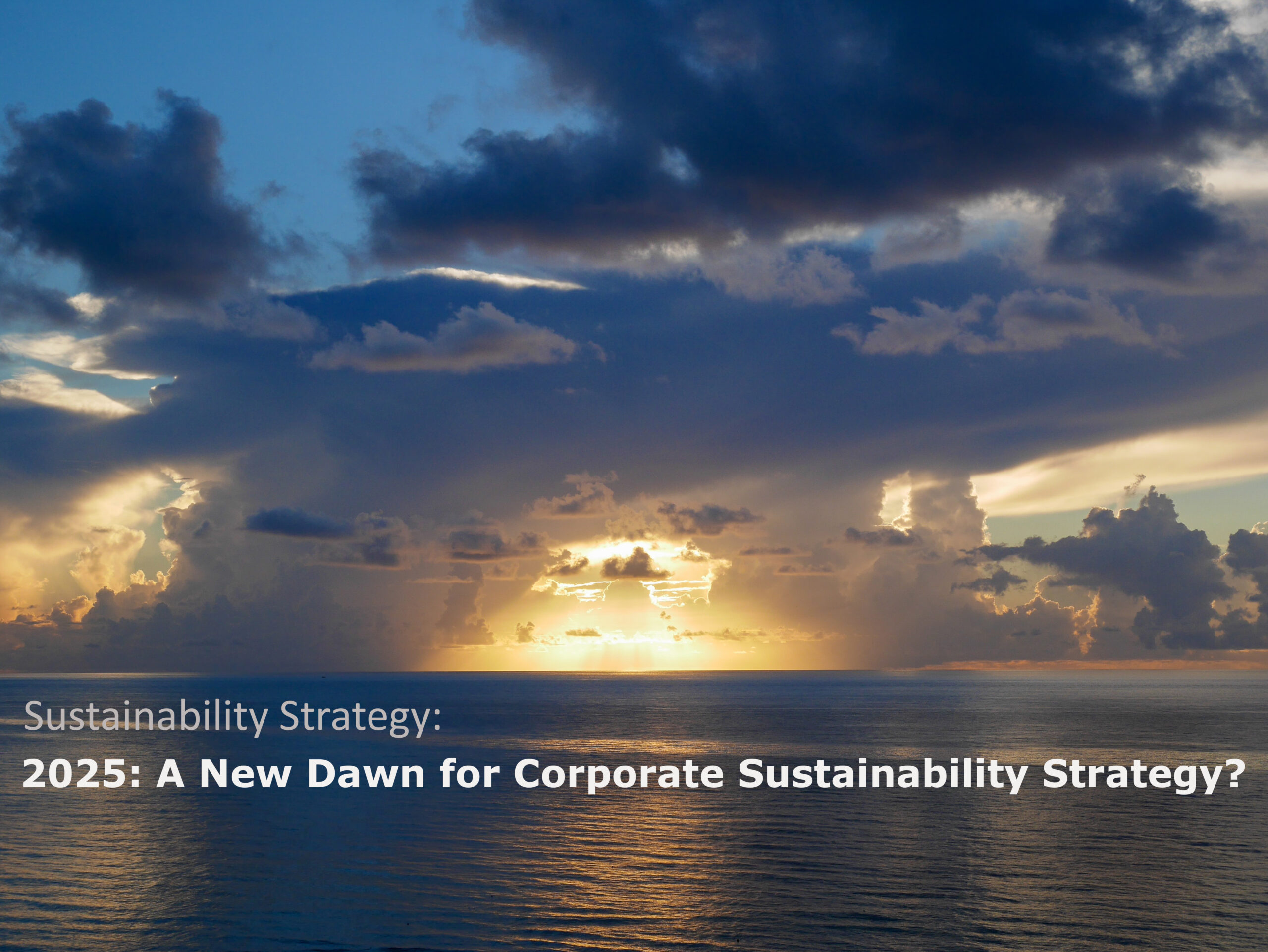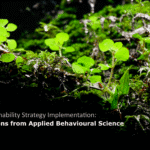Is 2025 a new dawn for corporate sustainability strategy with Trump’s recent election? For sure it’ll be sparking debates in Boardrooms. So now is an opportune moment to review and refine your sustainability strategy to ensure its relevance. A viable strategy has a North Star guiding a long-term vision, provides a clear medium-term roadmap and informs actionable short-term tactics.
This can be framed by referring to the “Three R’s of Sustainability”: Risk, Reward and Responsibility (or simply, doing the Right thing). Ask the Board these questions: How will the firm mitigate against ESG risk? What financial benefits could be reaped from competitive advantage through sustainability? What is the level of responsibility the Board believes the firm has to people and the planet in the short, medium and long term?
In your review, consider the positions of your stakeholder groups: employees are most likely to care about their perceptions of ‘doing the right thing’; investors will zone in on risk mitigation and resilience; and the firm’s C-suite leadership will be most engaged in how sustainability can reward the company financially.
Leaders should gauge the disposition of their audience and mix up the risk, reward and rights-based arguments to create consensus, leaning into an individual’s position on sustainability topics irrespective of whether these are based on science, politics or prejudice. If the over-riding sentiment is climate change concerns, emphasise deontological (duty-based) ethical arguments and emphasise ESG risk mitigation if their disposition is more toward cynicism.
Creating consensus is the goal, as unfortunately sustainability discussions can be easily derailed by attendees voicing diametrically opposed positions. The discipline of conflict resolution provides helpful insight: psychologically it’s been shown that agreement tends to lead to further agreement.
Getting agreement on ESG risk is the least contentious, for example, contingency planning for extreme weather events makes business sense even when people disagree on the source of climate change. Likewise, consensus can be relatively easy to come by when discussing how not to lose or how to gain profits. But generally, any line of argument that draws on “it’s the right thing to do” is the most likely to inflame disagreement.
However, even identifying risk isn’t without controversy. Who would have imagined that having diversity targets in the U.S. is currently riskier than the danger of homogeneity of opinions from not having them? Breaking down E, S and G into component parts will help with this because they have very different drivers, business risks and operational impacts.
This article is the first in a series exploring the three R’s, beginning with risk, which is the most well-understood and accepted driver of a sustainability strategy. Then, potentially the most powerful is how pursuing competitive advantage through sustainability leads to financial rewards. Finally, the most controversial is the level of responsibility the Board believes the firm has to people and the planet in the short, medium and long term.







Leave a Reply